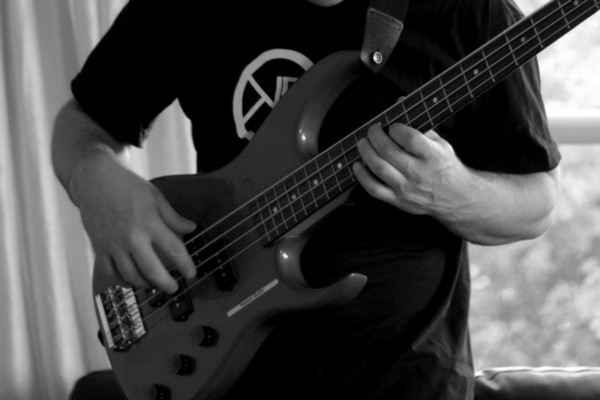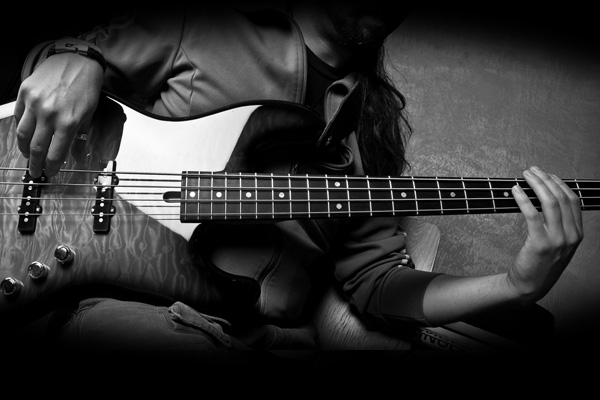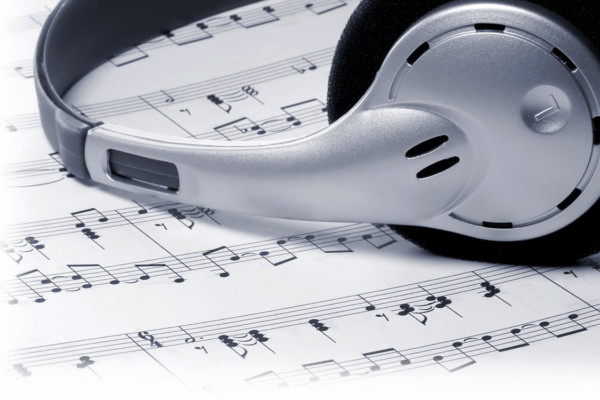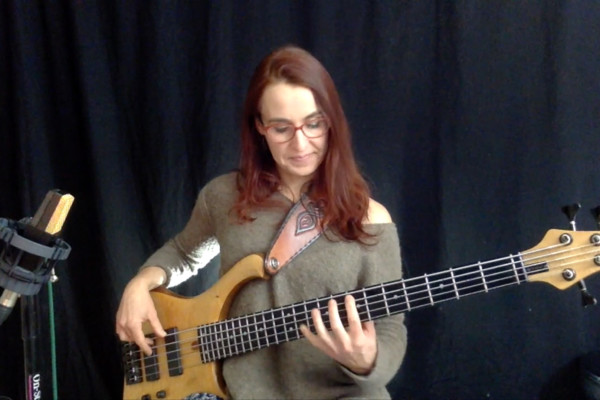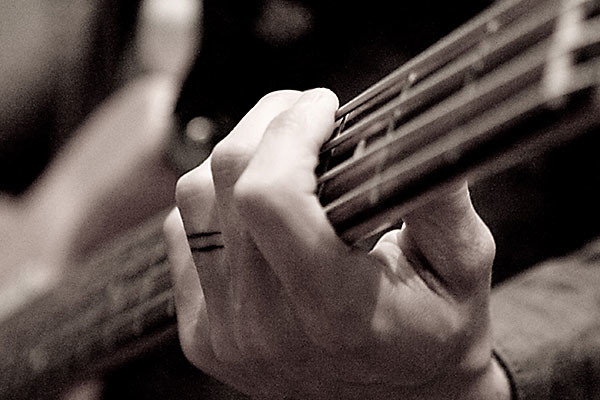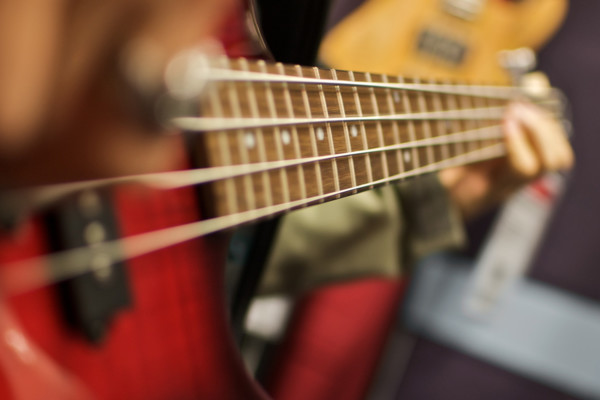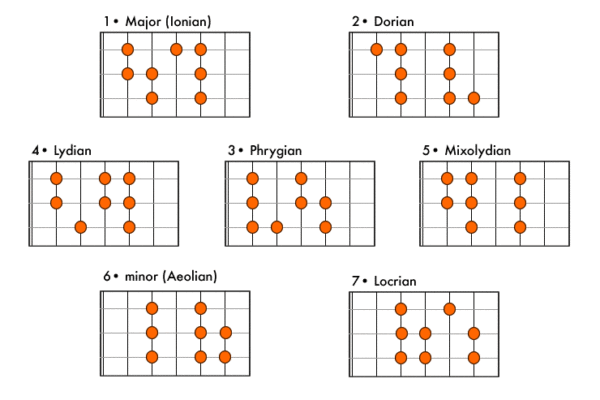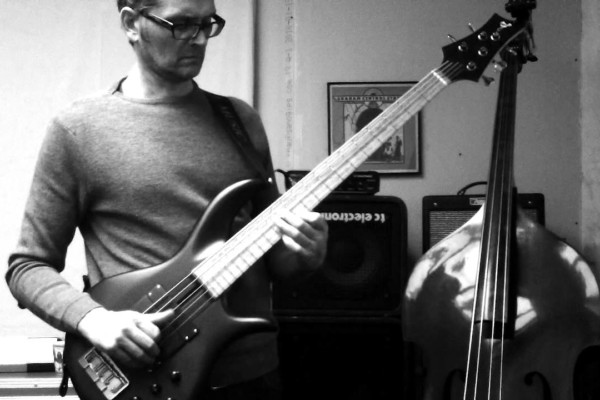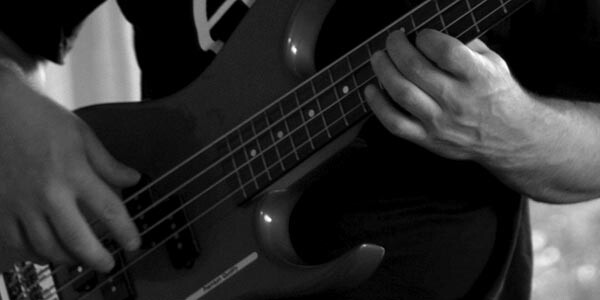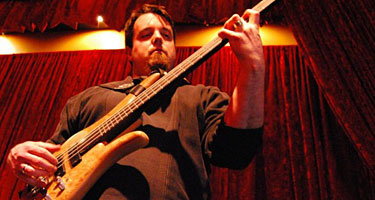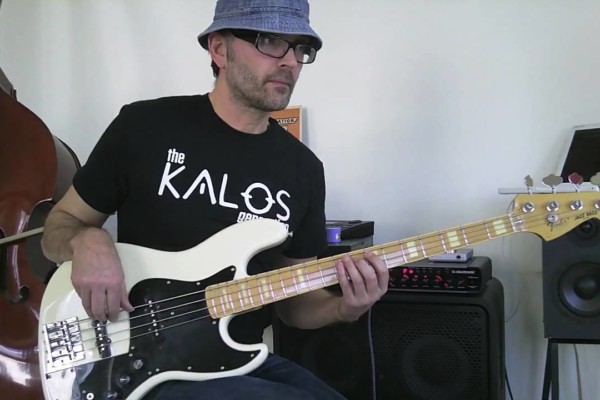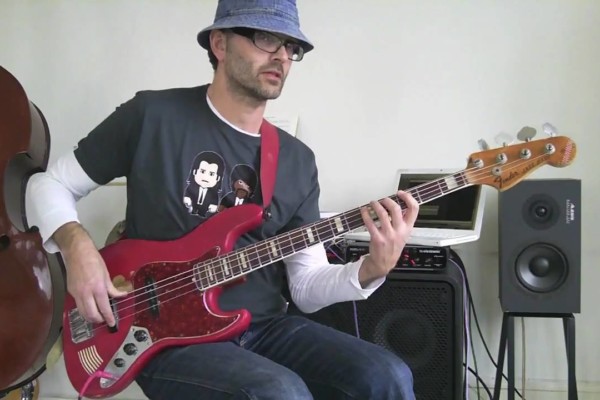Modes Archives - Page 2
Applying Licks from Transcriptions
Q: I consider myself as a good reader. I can sight read music both in bass and treble clef, and I like to challenge myself with complex etude like those on the Patitucci book or classical pieces. But every time I come across jazz studies, (bebop in particular), I struggle to understand what’s in the mind of the player and...
Relative vs. Parallel Minor Scales
Q: What is the difference between “relative” and “parallel” when talking about jazz theory? I hear “relative minor” a lot, but I recently heard someone at school talk about “parallel minor.” A: Good question! First, I’ll take a look at this column I wrote in 2014 concerning modes (and the relative minor). The term “relative minor” refers to the modes....
How To Apply Your Transcriptions
Q: Can you give an example of how I might explore using the things I’ve transcribed in some way? I’ve been transcribing a lot this year (as a music student), but I’m not sure how to apply it or get anything from it. A: I spent years transcribing tunes, solos, melodies and bass lines before I ever really figured out...
Talking Technique: Modes on a String
Typically when we play scales, we play across the strings, but there’s a lot of value in playing all the way up a single string. It helps us to think in positions and to mentally know how many steps you are skipping as you walk up the string. Today we’ll be working on our theory as well as our technique...
Quickly Figuring Out Available Notes For Given Chord Types
Q: I’ve been trying to learn how to figure out what notes are available for any given chord type. I’ve read columns here (yours are very helpful), Googled it, bought books… I just seem to get more confused at every turn. Once I think I’ve got it, I’ve lost it. Do you have any quick and dirty tricks for remembering...
Thinking In Modes or Scales and Constructing Bass Lines
Q: I’ve been trying to learn how to play over the changes, but I’m super confused about one particular aspect: I don’t know I should think of scales. For example when I’m playing over a G dominant chord, should I think G mixolydian or should I think fifth mode of the C major scale? In other words, should I treat...
Learning Modes and Scales: A Study Guide for Bassists
Q: I hope that you’ll be able to explain this problem. I learned so far that major and minor scales have certain patterns (i.e. minor steps: W,H,W,W,H,W,W). Now, I’ve moved to modes and, for example, the Lydian mode. Does it have the same pattern for minor scale? I found some other patterns on the web, and now I’m confused. It’s...
Improvising: Scale Substitutions for Bass
In this new lesson, we’ll cover some tips on soloing over changes. In the video below, you’ll see that I’m playing chords through a looper, to create the pattern to play against. We start with a D Major scale, over an E minor chord, which is the Dorian mode. The scale: D E F# G A B C# Then, the...
On Modes and Getting Away from the Root
Q: I have question about how to practice and apply modes that is killin’ me. We are constantly being being bombarded with the concept of getting away from root in our playing and practice. For instance, scale finger pattern 4 starting on the 3rd fret of the E string is like G A B C D E F G A...
On Improvising: Modal vs. Chordal Approaches
Q: I’ve been playing for a little bit now and would consider myself a solid player, but I’m looking to really up my level of expression. There seems to be a dichotomy on modal vs. chordal approaches to theory, I figured I’d ask you where the break is. Both seem necessary, but some seem to think the modal stuff is...
Practical Theory: Improvising over a Minor Key Progression
In my last lesson, we covered the topic of improvising over a minor 7 chord. This time around, we’re going to focus on improvising over a minor key progression. For this lesson, we’ll use this progression: | Am7 | G7 | FMaj7 | FMaj7 Bm7b5 | For this particular progression, you can play the A minor Aeolian/A minor pentatonic scale,...
Practical Theory: Improvising over a Minor 7 Chord
Today, I’m kicking off a new Practical Theory lesson series, starting with an approach to improvising over a minor 7 chord. In the video below, I demonstrate a solo groove before describing the approach. In jazz, funk, and rock, if a solo section consists of a static minor 7 chord, most often the Dorian minor scale is used. The Dorian...
